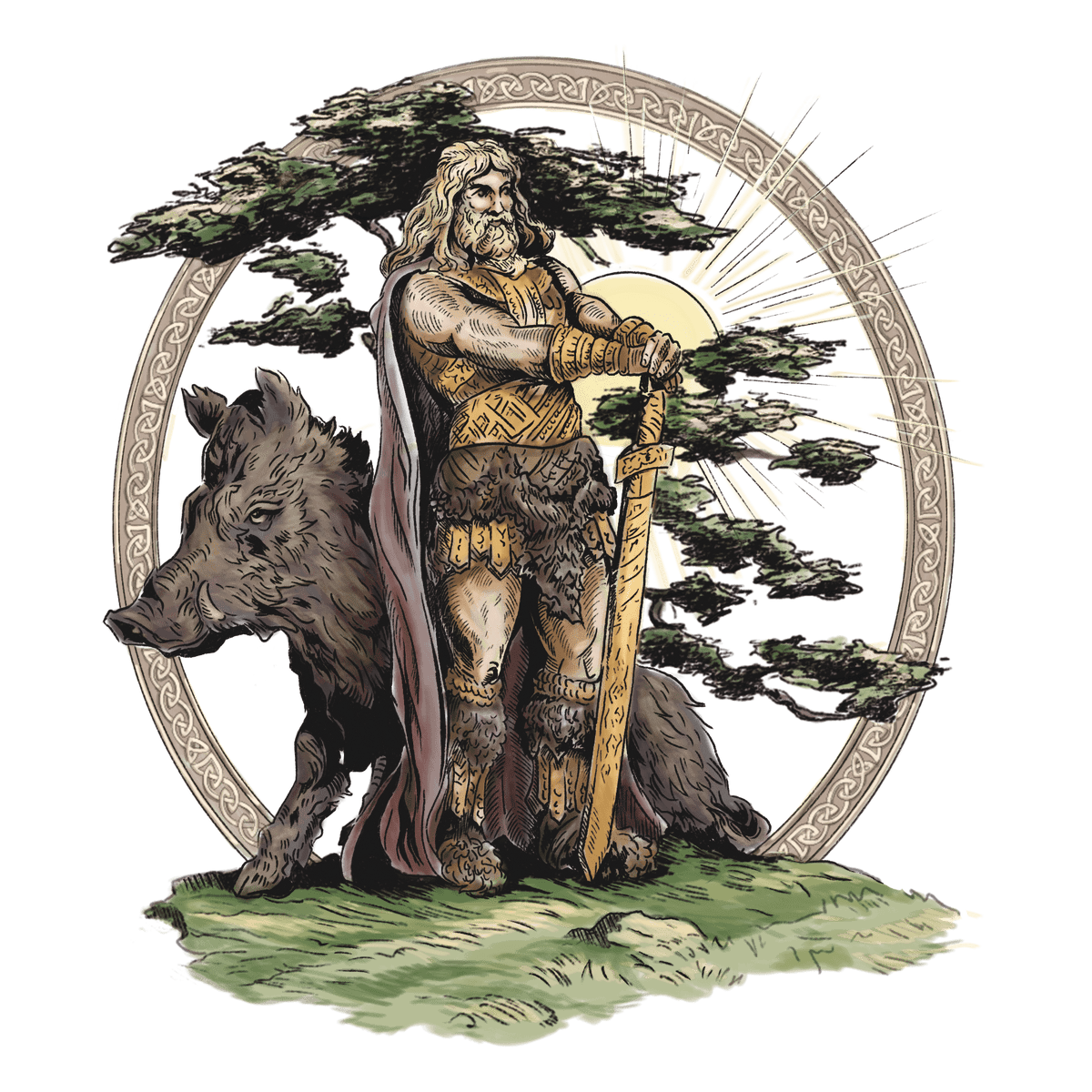
Freyr – god of fertility, peace and prosperity
Freyr is one of the most significant gods in Norse mythology, especially among the Vanir. He is associated with fertility, prosperity, peace, and nature’s abundance. As the son of the sea god Njord and brother of Freyja, he holds a special status among both the Vanir and the Æsir. His worship was widespread throughout the Nordic regions, where he was often invoked for a good harvest, wealth, and harmony.
Freyr’s Origin and Role in Norse Mythology
Freyr belongs to the Vanir family of gods but became part of the Æsir as a result of the peace treaty made after the war between the two divine clans. According to Gylfaginning in The Prose Edda, Freyr, Freyja, and their father Njord were sent to Asgard as part of an exchange between the gods.
Freyr is frequently mentioned in The Poetic Edda, where he is described as a god who brings peace and fertility to both humans and nature. His name means "lord" or "ruler," emphasizing his authority and status. He is known for his generosity and deep connection to the earth and its growth.
The God of Fertility, Prosperity, and Peace
Freyr was primarily worshipped as a god of fertility, prosperity, and peace, playing a crucial role in agriculture and societal stability. He was revered for ensuring a good harvest, wealth, and a harmonious coexistence between humans and gods. His connection to fertility made him particularly popular in Viking Age farming communities, where a good harvest could mean the difference between survival and hardship.
Freyr is often depicted with a large phallus, symbolizing his role as a fertility god. In Lokasenna, he is mocked for his sexuality, but his ability to ensure life and prosperity was respected and celebrated in many societies.
Freyr’s Magical Artifacts
Freyr owns several powerful artifacts that reinforce his role as a divine ruler.
The most famous of these is his magical ship, Skidbladnir, created by the dwarves. It can be folded up like a cloth when not in use, always has a favorable wind, and can sail over both sea and land.
He also possesses Gullinbursti, a golden boar that can run faster than any other creature, even through air and water. Gullinbursti glows in the dark and symbolizes fertility and prosperity.
Freyr also wielded a mighty sword that could fight on its own without needing a warrior to wield it. However, he gave up this sword in a crucial mythological event.
Freyr’s Love for the Jötunn Woman Gerd
One of the most well-known myths about Freyr is his love for the jötunn woman Gerd, as told in Skírnismál in The Poetic Edda. Freyr sees Gerd from his throne and is instantly captivated by her beauty. However, he becomes deeply despondent when he cannot have her.
He sends his servant Skírnir to propose to Gerd on his behalf, promising him his magical horse and sword in return. Gerd initially refuses, but Skírnir threatens her with terrible curses, and she finally agrees to meet Freyr in a grove after nine days.
This myth can be interpreted as a metaphor for the cycle of the year, where Freyr represents the sun or summer, which must wait to unite with the earth (Gerd) after the long darkness of winter.
Freyr and Ragnarok – The Battle Without His Sword
Freyr plays a crucial role in the tale of Ragnarok, where the gods face their ultimate fate. Because he gave his sword to Skírnir in exchange for Gerd’s love, Freyr must go into battle without his mighty weapon.
During Ragnarok, he fights against the fire giant Surt, who wields a flaming sword, and Freyr falls in battle. This fateful moment symbolizes the loss of fertility and prosperity in the old world, which must perish before a new world can arise.
Freyr in Literary Sources and Archaeological Finds
Freyr is mentioned multiple times in Norse sources. In The Poetic Edda, he appears in the poems Grímnismál, Skírnismál, and Lokasenna. In The Prose Edda, he is described as a god who brings prosperity and peace to humankind.
Archaeological finds suggest that Freyr was widely worshipped in the Nordic world. Figures and reliefs depicting him with his phallus have been discovered, and several place names in Scandinavia bear his name, such as Frølund and Frøslev.
Freyr in Modern Times
Like many other Norse gods, Freyr has gained new popularity in modern times. He frequently appears in fantasy literature, role-playing games, and films, where he is depicted as a god of fertility and prosperity.
In Neopagan and Asatru circles, Freyr is still revered as an important deity representing nature’s cycles and the power of life. He is often seen as a god who brings harmony and balance between humans, nature, and the gods.
Conclusion
Freyr is one of the most beloved and respected gods in Norse mythology. His connection to fertility, peace, and prosperity made him a central figure in pre-Christian society, where he was worshipped to ensure good harvests and a harmonious life.
His love story with Gerd, his sacrifice of his sword, and his fall in Ragnarok depict him as a god who is not only powerful but also deeply human in his desires and fate. Although he does not survive Ragnarok, his symbolism lives on in the new world, where fertility and prosperity will once again flourish.

